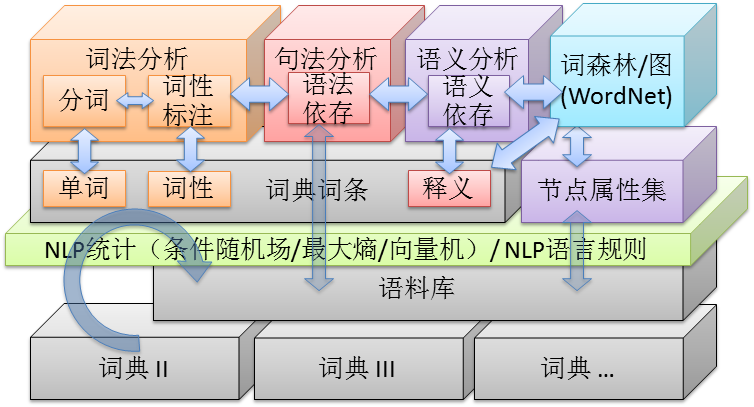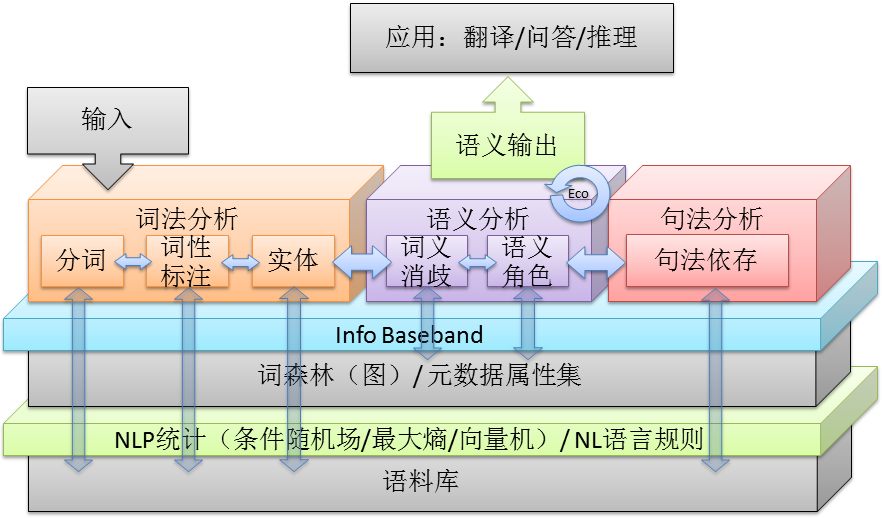技术架构,是06年时写的框架,现在看来,理念不变,可能技术有些陈旧,懒得动了。
- Mangers control framework engines, loaders, factories and drivers.
- Engines keeps a runtime environment of the framework. Engines may communicate with each other.
- Loaders load data objects to engines, active pull and push data, actions will be managed by loaders. Engines will control the behavior if necessary. Each loader instance may serve only one engine. Loader is the only interface to link to other systems. E.g., Tomcat web server, RESTful apis.
- Factories create data instances to FrameworkVO, also validate and destroy VOs. Action requests are VOs. Loader will listen to factory requests’ creation. Factories may enable object cache for optimization. Each factory may have only one driver.
- Drivers get data from other storage system, passive pull and push data. E.g., tomcat web requests and responses, db, files, O/R-mapped java objects.
E.g. Deal with a web request
- Create framework object inside factory (factory will call driver to translate web request if necessary).
- EventObjectCreatedOutsideFramework will then be generated (with action object and request data) and loader will do actions.
- Loader ask engine for action validation and pre-settings.
- If validation passed, loader execute actions.
- According to the actions, create framework objects by factory if necessary.
套用很多商业软件产品的引擎,实现核心归结于元数据引擎和工作流(状态机)引擎。
在此框架上扩展,获得企业级应用架构。

由此形成InfoEcos架构。
- Info对应元数据引擎;
- Eco(s)对应工作流引擎。
传统自然语言处理过程
语义网处理过程采用常规元数据规约过程。
Infoecos体系工作流
以后文字进一步描述,此处不再细说。





